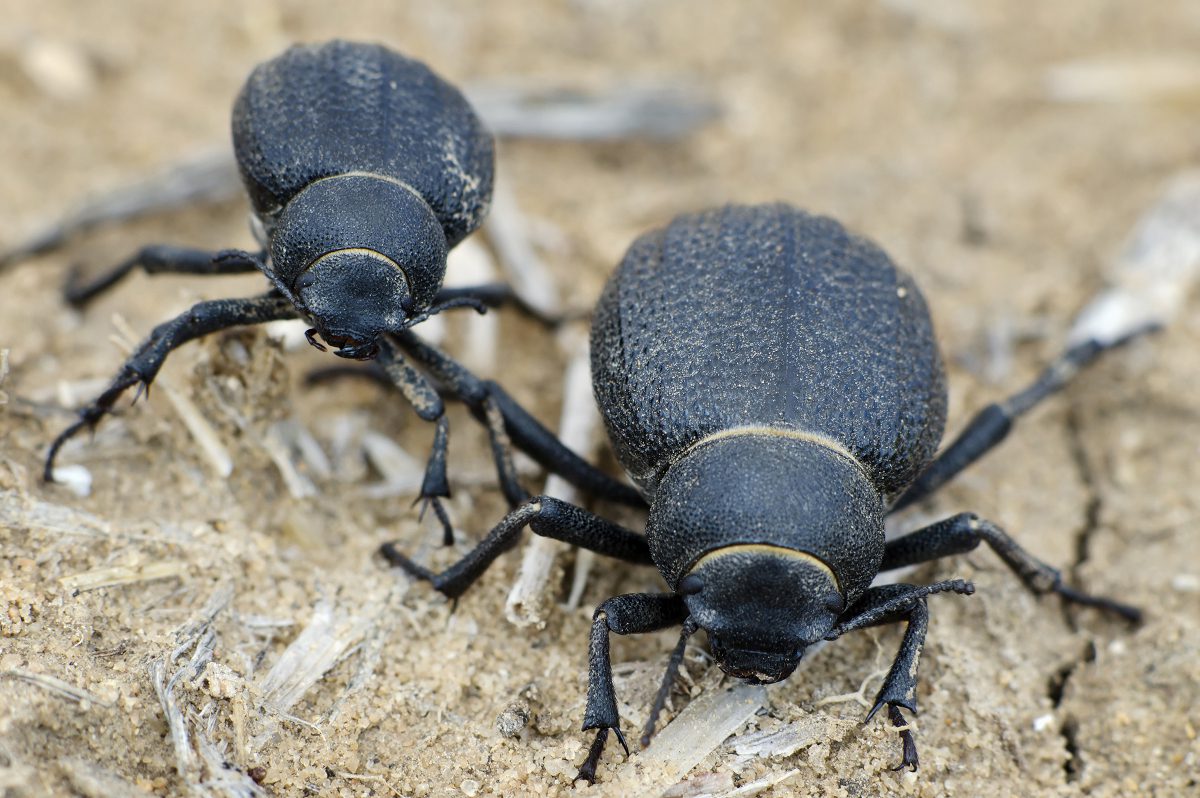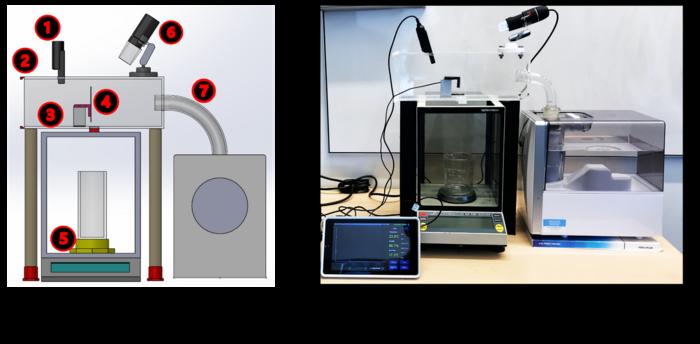
Harvesting water from the air: Finding inspiration from beetles and spiders

A novel tideway to capturing water vapour from the air attempts to mimic spider’s webs and the persons of Namib desert beetles.
The group has ripened sponges or membranes with a large surface zone that continually capture moisture from their surrounding environment.
“A spider’s web is an engineering marvel,” said University of Waterloo professor Michael Tam, a Research Chair in the field of functional colloids and sustainable nanomaterials. “Water is efficiently captured by the web. The spider doesn’t need to go to the river to drink, as it traps moisture from the air.”
Similarly, Namib desert beetles have no easy wangle to water but reap water from thin air by leaning into the wind to capture droplets of water from the fog with their textured soul armour. This allows the moisture to yaffle and lard into their mouths.
Tam is working on the project with PhD students Yi Wang and Weinan Zhao.
The group are engaged in biomimetic surface engineering for sustainable water harvesting. One technology is tabbed atmospheric water harvesting. To mimic the beetle’s unique surface structure, the research group is designing a similar surface structure using a cellulose-stabilized wax emulsion to fabricate surfaces that vamp tiny water droplets while swiftly releasing larger ones.

The group group is developing technologies that capture and repel water droplets by harnessing the power of interfacial science and nanotechnology. Tam has successfully ripened superhydrophobic and waterproof paper. He is moreover engineering a smart and tunable surface that captures water from the air and dehumidifies it with seemingly minimal energy consumption. The next step is to develop a scalable process to engineer such surfaces.
Solar evaporation systems directly harvest solar energy, titillating water and generating fresh collectible vapour through evaporation. Unique mushroom structures inspired the smart biomimetic structural designs for solar evaporation.
The proposed freshwater generation systems could be inexpensive, energy-efficient, and environmentally friendly.
In a recent publication in Nature Water, the group discuss several promising new water hodgepodge and purification technologies.
More information on the research is misogynist in the video below.


